Technological Innovations
Technological advancements play a pivotal role in shaping the Nordic Plastic Bottle Market. Innovations in production processes, such as blow molding and injection molding, have enhanced efficiency and reduced costs for manufacturers. Moreover, the integration of smart technologies, such as QR codes and NFC tags, into plastic bottles is gaining traction. These technologies not only provide consumers with product information but also facilitate recycling efforts by guiding users on proper disposal methods. As a result, the Nordic Plastic Bottle Market is witnessing a transformation that aligns with modern consumer expectations and environmental considerations.
Health and Wellness Trends
The increasing focus on health and wellness is significantly impacting the Nordic Plastic Bottle Market. Consumers are becoming more health-conscious, leading to a rise in demand for functional beverages, such as vitamin-infused waters and organic juices. This shift is reflected in market data, which shows a notable increase in the sales of health-oriented bottled products. Manufacturers are responding by developing plastic bottles that preserve product integrity and enhance shelf life, thereby catering to health-conscious consumers. This trend not only drives sales but also encourages innovation within the Nordic Plastic Bottle Market.
Sustainability Regulations
The Nordic Plastic Bottle Market is increasingly influenced by stringent sustainability regulations imposed by governments across the region. These regulations aim to reduce plastic waste and promote recycling initiatives. For instance, the European Union's directives on single-use plastics have prompted Nordic countries to adopt similar measures, leading to a surge in demand for eco-friendly plastic bottles. As a result, manufacturers are compelled to innovate and develop biodegradable or recyclable materials, which could potentially reshape the market landscape. The emphasis on sustainability not only aligns with consumer expectations but also enhances brand reputation, thereby driving growth in the Nordic Plastic Bottle Market.
Circular Economy Initiatives
The concept of a circular economy is gaining momentum within the Nordic Plastic Bottle Market. Governments and organizations are advocating for systems that promote recycling and reuse of materials, thereby minimizing waste. This shift is evident in initiatives aimed at increasing the recycling rates of plastic bottles, with some Nordic countries achieving recycling rates exceeding 90%. Such initiatives not only contribute to environmental sustainability but also create new business opportunities for manufacturers who can provide recycled materials. As the circular economy continues to evolve, it is likely to have a profound impact on the Nordic Plastic Bottle Market.
Rising Demand for Convenience
In the Nordic Plastic Bottle Market, the growing consumer preference for convenience is a notable driver. As lifestyles become increasingly fast-paced, consumers are gravitating towards ready-to-drink beverages and on-the-go packaging solutions. This trend is reflected in market data, indicating a steady increase in the consumption of bottled water and soft drinks. The convenience factor is further amplified by the rise of e-commerce, where consumers seek easily transportable products. Consequently, manufacturers are focusing on creating lightweight, portable plastic bottles that cater to this demand, thereby propelling the growth of the Nordic Plastic Bottle Market.


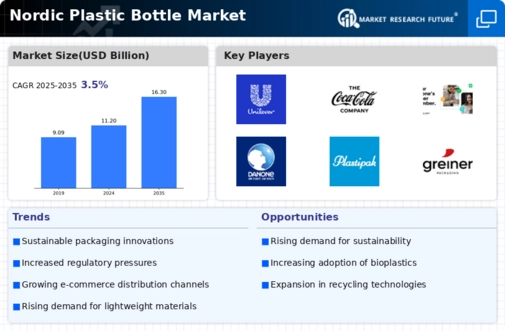
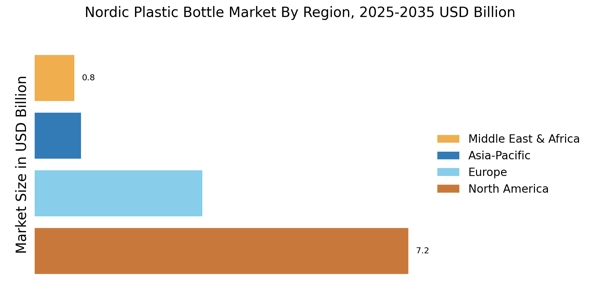
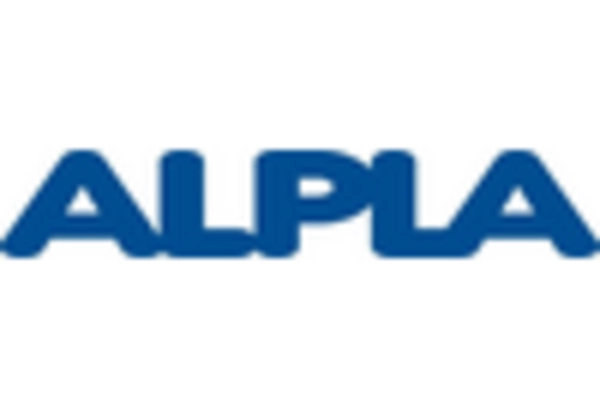

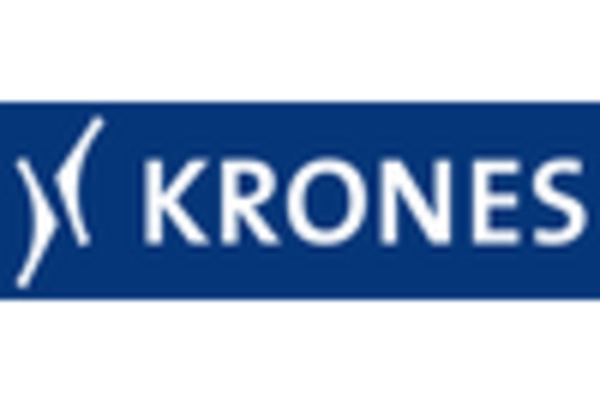
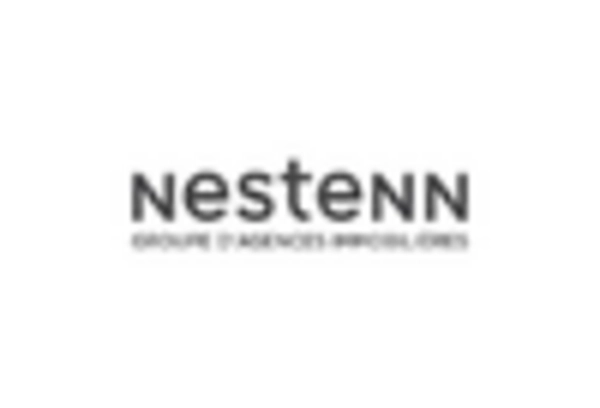
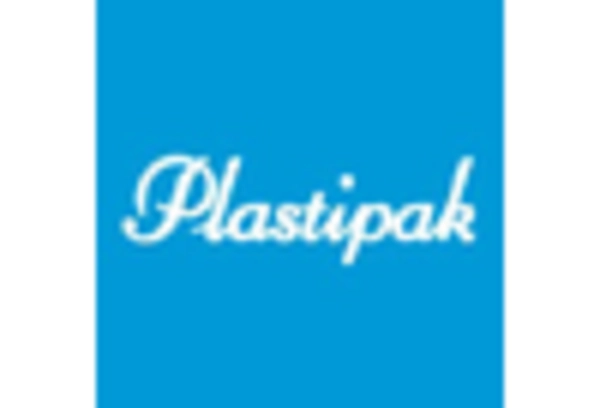









Leave a Comment